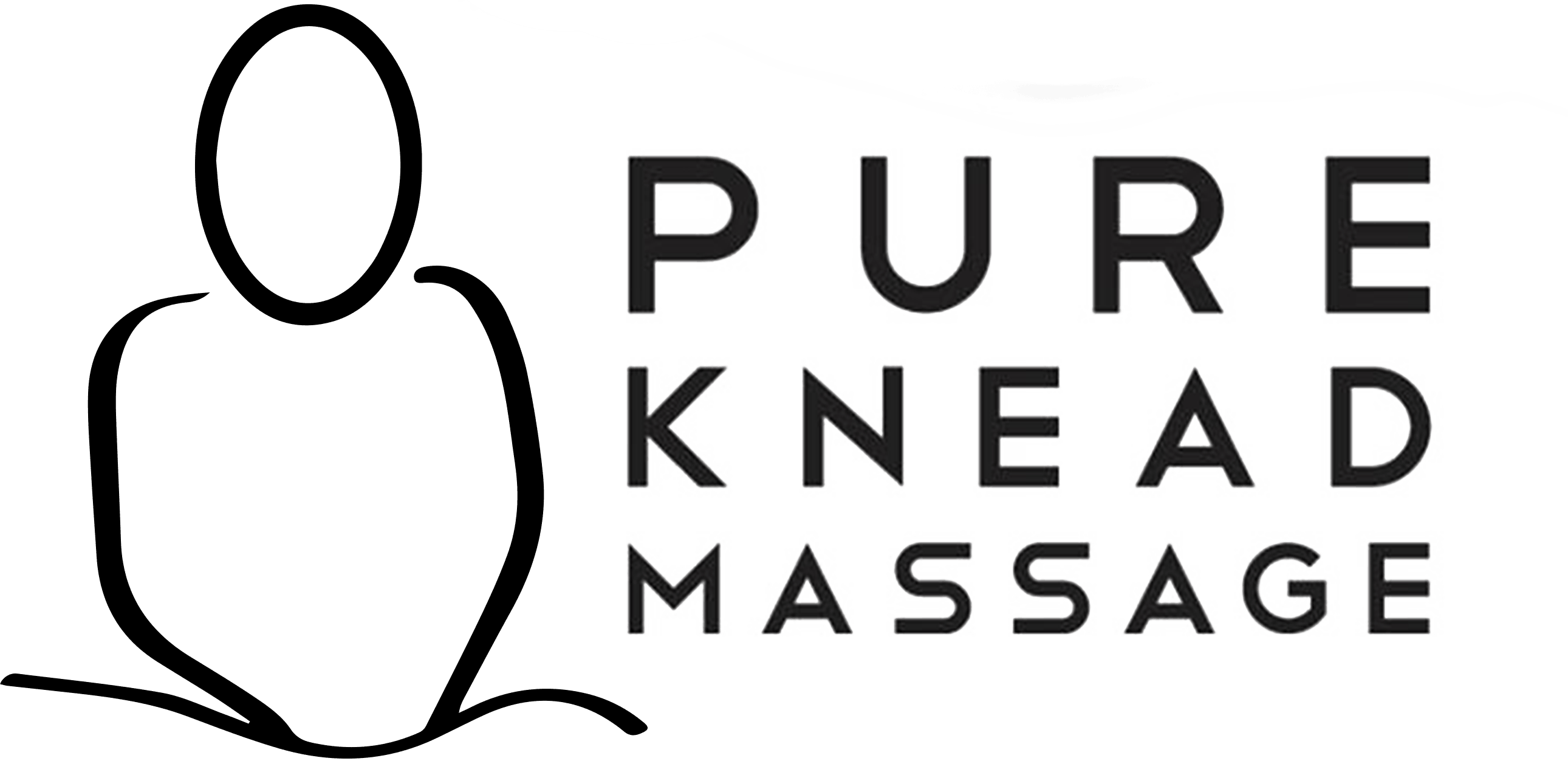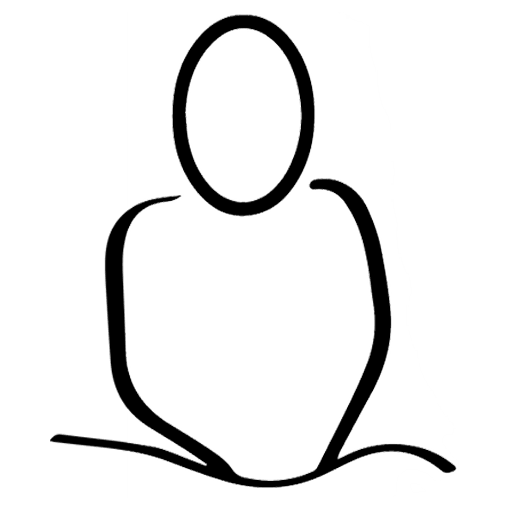
Dark circular bruises are the trend this year at the 2016 Olympics and here is why…
These purplish circles are appearing on the arms, legs and backs of U.S. olympic swimmers and gymnasts, like Michael Phelps, Natalie Coughlin and Alex Naddour. But what is this strange phenomenon?
These bruises are the result of an ancient complimentary healing modality called “cupping”, which today is used in massage therapy.
History of Cupping
Cupping dates to the early fourth century and is one of the oldest forms of traditional Chinese Taoist bodywork. This technique is actually a form of acupuncture. Olympic athletes are said to be using it to ease the aches and pains from training and to help with recovery. However, there are many more health benefits to cupping. It has also been proven to be effective against disorders associated with the pulmonary system, to help to boost the immune system, to remove toxins and the list goes on…
So why does it leave these marks on the bodies of olympic athletes?
Well, back in the day animal horns were used for cupping. In fact, cupping was referred to as the horn technique of complimentary healing. A flammable substance was lit under the horn while it was on the skin. The flame burnt away the oxygen in the cup and when the flame went out, air suction was created, drawing the skin up into the horn. This caused blood vessels to enlarge and capillaries to rupture, causing bruises.
Cupping Today
Today glass jars are the preferred tools used for cupping. Some therapists still use a lit object to create the suction, however modern technique uses a suction pump. The red spots caused by this technique typically last for three or four days.
What athletes may not know though is that the ancient Chinese used cupping to balance and distribute the flow energy in the body, called “chi”. This brings ying and yang forces in line in the body and mind. And a steady, clear and determined head is definitely what athletes need when competing in the Olympics!
Does Cupping Hurt?
Although cupping leaves bruises to varying shades of black and blue, it is not necessary painful. A tight sensation is felt in the area of the cup, often this sensation can feel relaxing and soothing. Cups are usually left on the skin for a short time but may also be left for an extended time if required. One very common area to be cupped is the back, although cups work well on other areas too, particularly on fleshy bits of the body. Some practitioners will also apply small amounts of medicated oils or herbal oils to the skin just before the cupping procedure, which lets them move the cups up and down particular acupoints or meridians after they have been applied.

